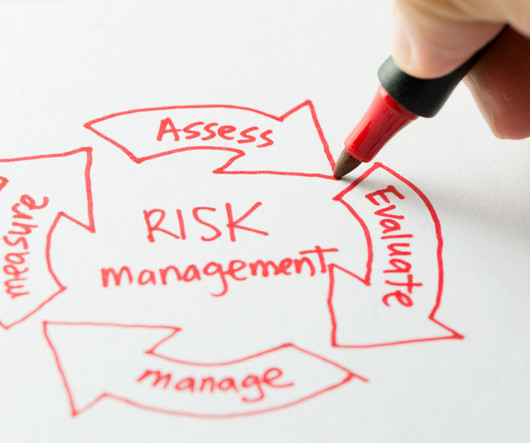A Merchant Guide For Buy-Now-Pay-Later (BNPL) Payments
Clearly Payments
FEBRUARY 3, 2024
For merchants, integrating Buy Now, Pay Later (BNPL) into their payment processing systems offers a unique avenue to drive sales, entice new customers, and mitigate certain risks. Stay compliant with evolving regulations and adhere to fair lending practices, mitigating regulatory risks.













Let's personalize your content